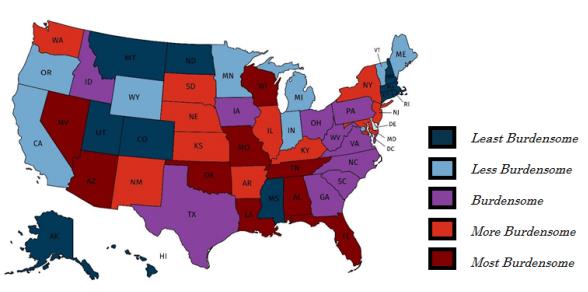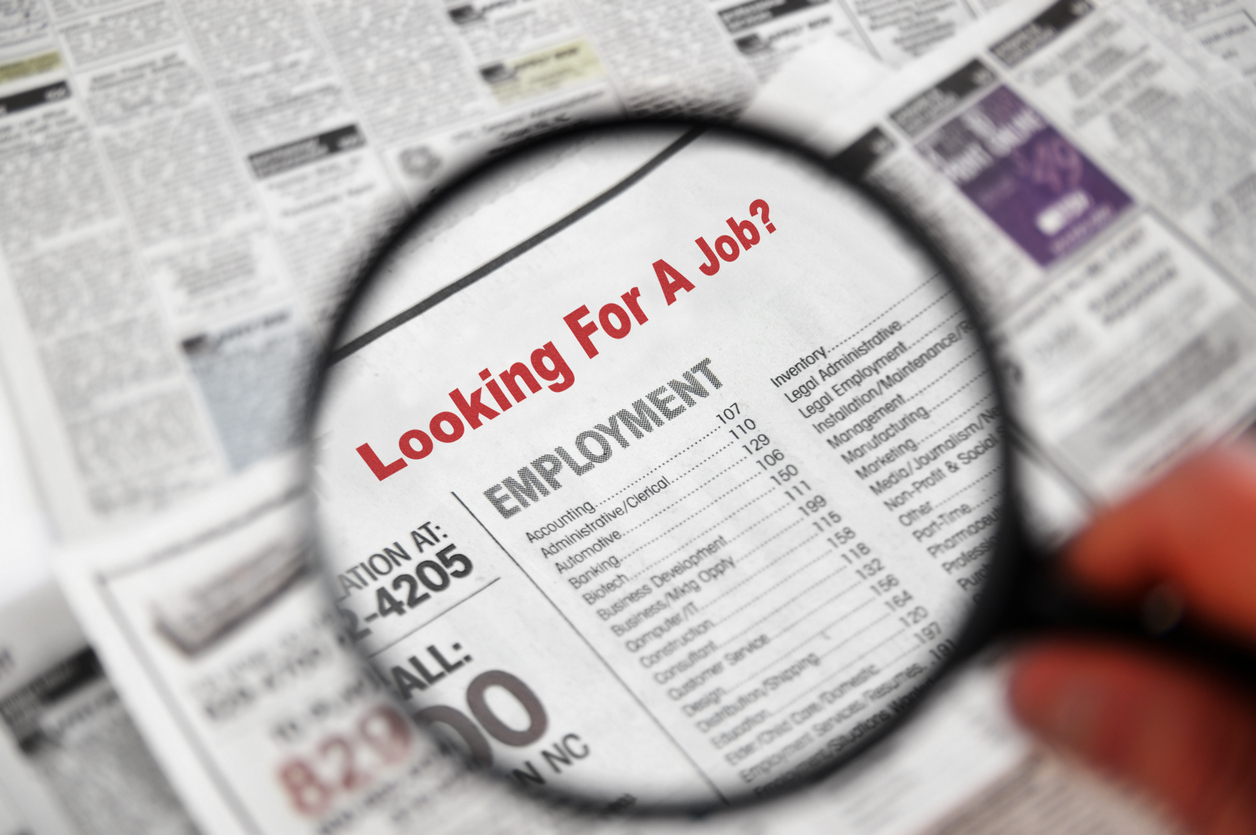Occupational licensing creates additional burdens for people who want to join licensed professions. In many cases, acquiring a license can take years and cost a substantial amount of money. Licensing has become much more prevalent, as about one in four workers now needs a license to work, compared to just one in twenty in 1950.
The potential harm from these regulations has been included in analysis from the Council of Economic Advisers for both the Trump and Obama administrations.
A new peer-reviewed paper by Will Flanders and Collin Roth from the Wisconsin Institute for Law and Liberty adds to our understanding of occupational licensing’s effects by attempting to quantify the extent to which more rigorous licensing requirements reduce employment.
The authors estimate that if licensing regulations for ten occupations were reduced to the level in the least burdensome state, employment in those professions would increase by 4.5 percent nationwide. Reducing these requirements would create a significant number of opportunities for people looking for work.
The extent to which states license occupations can vary widely across the country. As the Institute for Justice has found, some occupations such as pest control applicator or school bus driver, are licensed in every state, while others such as travel agent or tree trimmer are licensed in fewer than ten states.
Flanders and Roth focus on low and moderate-income professions that were licensed widely throughout the country and also had the relevant data available. Their data rely on the 2012 database compiled by the Institute for Justice, so subsequent developments in licensure requirements would not be incorporated into the analysis.
Even for an occupation licensed in most states, specific requirements vary substantially. For example, acquiring a cosmetology license “only” requires1,000 hours of training in Massachusetts, but 1,500 hours in Alabama and 2,300 hours in Oregon.
The variation even within a single occupation raises the question of whether the people in Massachusetts using cosmetologists, or more broadly consumers in less burdensome states, are being exposed to some outsized, as yet undiscovered and unexplored risk. If they are generally fairly satisfied with their experiences, what is the benefit from layering on additional requirements for more training hours, fees, and exams? Relatedly, what is the effect of those more onerous barriers to entry on employment in the affected populations?
An important distinction between this paper and other studies in the broader literature is this paper analyzes the employment effects of how rigorous the provisions of occupational licensure are, not the effect of whether an occupation was licensed at all.
Flanders and Roth finally arrived at their list of ten professions: aesthetician, athletic trainer, cosmetologist, manicurist, veterinary technician, emergency medical technician, private detective, pest control worker, and massage therapist. The authors use the variation in licensure requirements such as fees, exams, or training hours to create a Red Tape Index score for each state.
Hawaii had the best score on their index, and the lowest occupational licensing burden for the ten professions being analyzed. The worst five states were Wisconsin, Florida, Nevada, Alabama, and Tennessee.
Red Tape Index Scores by State

Source: Will Flanders and Collin Roth, “Land of the Free? 50 State Study on How Professional Licensing Laws Lead to Fewer Jobs,” The Wisconsin Institute for Law & Liberty, October 2017.
Across all values of their index, a negative relationship exists between more extensive requirements and employment in those professions. The authors estimate that if every state reduced their licensing requirements to the level of the least burdensome state, employment for the ten professions analyzed would increase by 4.5 percent.
States with particularly onerous licensing provisions would stand to gain even more. Tennessee, which has extensive requirements and relatedly, lower current employment, would see 9.3 percent job growth in these ten professions. While there would be smaller gains for states closer to the frontier of least extensive licensing provisions, the state with the second best score would still get 0.7 percent employment growth in these ten professions.
The potential for adverse effects for occupational licensing have generated increased levels of scrutiny in recent years. States differ on what occupations they license, and even for the same profession the level of requirements varies.
Even setting aside the broader question of whether these occupations should be licensed in the first place, the study finds evidence that reducing the intensity of those regulations even to a the level already in place in the least-restrictive state could lead to significant employment growth in the professions analyzed, representing many more opportunities for the people searching for a career.
Charles Hughes is a policy analyst at the Manhattan Institute. Follow him on Twitter @CharlesHHughes.
Interested in real economic insights? Want to stay ahead of the competition? Each weekday morning, E21 delivers a short email that includes E21 exclusive commentaries and the latest market news and updates from Washington. Sign up for the E21 Morning Ebrief.
